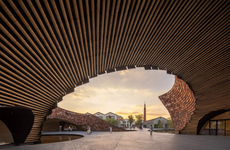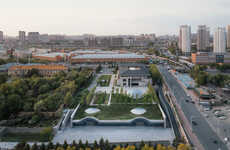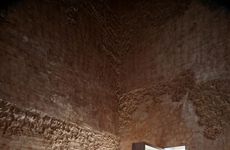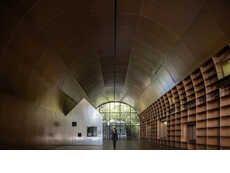
Ningbo History Museum is Built with Debris from Old Villages
Joey Haar — August 19, 2016 — Art & Design
References: dezeen
The Ningbo History Museum is dedicated to teaching visitors about the ancient Chinese history from around the area. But rather than providing that education solely through exhibits within the building, the Ningbo History Museum lets visitors literally walk through the remains of destroyed villages.
The museum, which was designed by Chinese architect Wang Shu and the Amateur Architecture Studio, is located in Zhejiang province. Though not built from ancient historical debris -- as that material is historically important and best left as intact as possible -- the building's facade is made from the debris of villages that were destroyed when the government opted to build new developments in the surrounding area.
Regardless of the age of the debris, the Ningbo History Museum's facade serves as a reminder of the rise and fall of peoples and communities.
The museum, which was designed by Chinese architect Wang Shu and the Amateur Architecture Studio, is located in Zhejiang province. Though not built from ancient historical debris -- as that material is historically important and best left as intact as possible -- the building's facade is made from the debris of villages that were destroyed when the government opted to build new developments in the surrounding area.
Regardless of the age of the debris, the Ningbo History Museum's facade serves as a reminder of the rise and fall of peoples and communities.
Trend Themes
1. Historical Debris Museums - Creating museums using debris of destroyed villages or historical sites.
2. Repurposing Building Materials - Using materials from demolished buildings or sites for new constructions.
3. Sustainable Architecture - Incorporating recycled materials in building designs to promote sustainability.
Industry Implications
1. Museum Industry - Opportunities for museums to incorporate sustainable designs and materials using recycled materials from historical sites.
2. Construction Industry - Opportunities for builders to repurpose building materials for new constructions, therefore reducing waste and promoting sustainability.
3. Architecture Industry - Opportunities for architects to incorporate recycled materials in building designs to promote sustainability and create unique approaches to historical preservation.
3.7
Score
Popularity
Activity
Freshness























